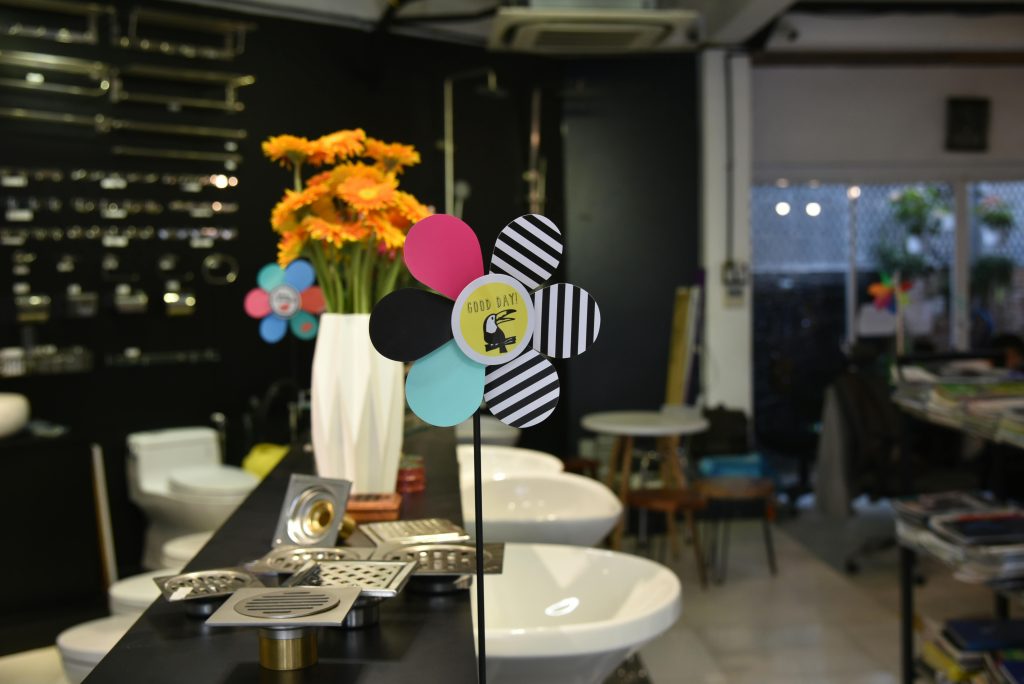i5-8500 CPU | 32GB RAM | Integrated Graphics Card | SSD Storage and 1TB HDD
I plan to use the PC for photography in the most part on Lightroom and After Effects which I would need to run pretty smoothly. I might also play some games (the heaviest game I’d play is Warhammer)
Assessing the Compatibility of a PC Build for Photography, Video Editing, and Casual Gaming
When considering a new computer build, especially for creative professional work and light gaming, it’s important to understand how the specifications align with your workload requirements. Here, we analyze a PC configuration that includes an Intel Core i5 processor, 32GB of RAM, integrated graphics, SSD storage, and 1TB of overall storage, to determine its suitability for tasks like photo editing in Lightroom, video editing in After Effects, and occasional gaming.
Key Components and Their Roles
Processor (Intel Core i5)
The Intel Core i5 series offers solid performance for most productivity and creative tasks. For photo editing in Lightroom, as well as video editing in After Effects, a recent generation i5 (e.g., 10th gen or newer) provides sufficient processing power. It handles multitasking and rendering workflows reasonably well, especially when paired with ample RAM.
Memory (32GB RAM)
Having 32GB of RAM is advantageous for professional editing. It allows for smoother handling of large image files, multiple layers in After Effects, and simultaneous applications, reducing lag and improving overall efficiency.
Graphics (Integrated Graphics)
Integrated graphics, such as Intel UHD or Iris Xe, are generally adequate for basic photo editing and light video work. However, for more demanding tasks in After Effects—particularly effects rendering, 3D work, or real-time playback—dedicated graphics cards (e.g., NVIDIA GTX/RTX or AMD equivalents) can provide a significant performance boost.
Storage (SSD and 1TB Capacity)
An SSD (Solid State Drive) dramatically improves overall system responsiveness, application launch times, and file transfer speeds. With 1TB of storage, you will have ample space for your working files, project data, and software, assuming efficient management of storage.
Suitability for Intended Use
That PC will likely be a bottleneck for your intended use, particularly for video editing in After Effects and gaming. The main issue is the Integrated Graphics Card.
Here is a breakdown of how those components affect the applications you mentioned:
1. After Effects and Gaming (The Critical Flaw)
The most significant problem is the Integrated Graphics Card (iGPU).
| Application | Need | i5-8500 Integrated Graphics | Recommendation |
|---|---|---|---|
| After Effects | Requires a dedicated GPU (VRAM) for fast rendering, previewing, and complex effects (Ray-tracing, 3D). | Lacks dedicated Video RAM (VRAM), relying on system RAM, which is slow for graphics tasks. | Requires a modern dedicated GPU (e.g., NVIDIA GeForce RTX or AMD Radeon equivalent) for a smooth workflow. |
| Warhammer 3 | Highly demanding game, especially on the CPU and GPU. | Cannot run this game smoothly. It fails to meet the minimum graphics requirements. | Requires a powerful dedicated GPU and a newer, stronger CPU to handle large-scale battles. |
Verdict: For After Effects to run “smoothly” and to play a demanding game like Warhammer 3, you must upgrade to a dedicated graphics card.
2. Photography and General Performance (Sufficient)
For less graphically intensive tasks, the system is much more capable:
- CPU (i5-8500): This is a solid mid-range 8th-generation Intel processor. It’s sufficient for general use and basic photo editing in Lightroom, but it will struggle with heavy multi-tasking and complex After Effects renders.
- RAM (32GB): This is excellent and perhaps the strongest component for your needs. After Effects and Lightroom both consume large amounts of RAM, so 32GB will allow you to work on large files and complex projects without memory errors.
- SSD Storage: This ensures the PC will boot up quickly and applications will load fast.
- 1000 TB (1 Petabyte) Storage: Assuming you meant 1 TB (Terabyte), this is plenty of space for initial storage. If you actually meant 1000 GB, that is also fine but will fill up quickly with RAW photos and video projects.
Summary and Next Steps
| Component | Rating | Notes |
|---|---|---|
| CPU (i5-8500) | Good | Okay for Lightroom, will bottleneck After Effects and Warhammer 3. |
| RAM (32GB) | Excellent | More than enough for professional work. |
| Storage (SSD) | Excellent | Ensures fast booting and loading times. |
| Graphics (Integrated) | POOR | The main issue. Will prevent smooth use of After Effects and ability to play Warhammer 3. |
To make this PC work well for your goals, the absolute minimum recommendation is to add a dedicated graphics card. You could aim for a mid-range card (like an NVIDIA RTX 3060 or 4060) to provide the VRAM needed for both After Effects and Warhammer 3 at decent settings.
Photography (Lightroom)
The system’s specs are well-suited for photo editing workflows. The combination of a capable processor, large RAM, and SSD storage ensures that you can import, enhance, and export high-resolution images efficiently.
Video Editing (After Effects)
While the 32GB RAM supports demanding projects, the reliance on integrated graphics may limit real-time playback and rendering speeds in After Effects. For minimalist projects, this setup should suffice; however, more complex compositions with multiple effects and 3D elements will benefit from a dedicated GPU.
Share this content:




For a PC with those specifications, $349 USD is a fair to good price for the components, but a poor value for your specific needs of smooth After Effects and demanding gaming.
Here is a breakdown of why, and what you'll need to spend to make it suitable.
Value of the Current Components
At $349 USD, you are getting excellent storage and RAM, which is where a large portion of the value lies:
Conclusion on Price: $349 USD puts the price right at the higher end of the estimated value of the individual used parts. You are paying a premium for a professionally assembled and tested system (likely a refurbished office PC).
The Hidden Cost: The Graphics Card
The core issue remains the missing dedicated Graphics Card (GPU). To meet your goals, you must factor in the cost of an upgrade:
To get the performance you need, you would likely have to add a modern, entry-to-mid-level used GPU:
Your true cost for a system that meets your performance expectations is closer to $550 – $600 USD.
Final Recommendation
If you can negotiate the price down to $300 or less, it becomes a better starting platform. Otherwise, for the money you would spend on the PC plus the necessary GPU upgrade, you might be able to find a newer, used PC that already has a dedicated GPU installed, offering better performance and less hassle.